Believe it or not, there are still some people out there who think that young adult (YA) literature is written by people who aren’t smart enough to write for adults. Those who demean the skills of teen fiction writers apparently haven’t bothered to actually read any of the many fine YA books that have been published in the last couple of years.
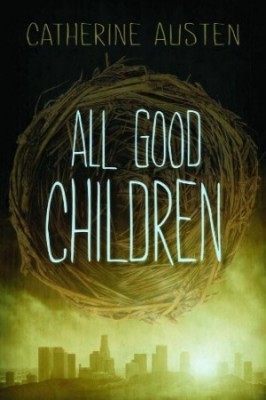
All Good Children
Catherine Austen
Orca
$19.95
Paper
312pp
978-1-55469-824-0
Max Connors, the narrator of All Good Children is a completely believable fifteen-year-old character. He’s funny, feisty, and incredibly annoying. He’s addicted to his electronic device or RIG (Realtime Integrated Gateway), sarcastic, highly critical of his hard-working single mom, and often downright nasty to his six-year-old sister Ally.
It’s easy to imagine Max and all the other teenagers who populate this novel torturing the substitute teacher at your local high school, or hepped up on a combination of super-size blue slushie and hormonal firestorm. But All Good Children doesn’t take place in our time. Max’s story is set in the near future, in a town called New Middletown. In New Middletown, the desire for security, the requirements of the pharmaceutical company that employs the town, and the enduring belief that financial rewards equal happiness have created a dystopian nightmare.
Max doesn’t get it at first. He thinks he’s just feeling a normal dose of adolescent aggravation against an adult world that, as far as he’s concerned, is too stupid to know better. In some ways he agrees with the way things are run in New Middletown. The constant surveillance means that, within the city limits, the world is relatively safe and sparkling clean. And as long as he continues to ace his schoolwork without even trying he’s pretty much guaranteed a good job later on.
But when he returns from a week away with his mother and sister, Max notices that things have changed. The rest of the novel tracks Max’s struggle to survive in a society where children are vaccinated to assure compliance. It seems the adults who have the authority to control him are in favour of the so-called New Education Support Treatment and it’s up to Max to figure out how to save himself and the people he cares about from becoming emotionless automatons. A fast-paced plot with lots of edge-of-your-seat twists and turns is sure to keep both adults and teenagers turning the pages.
Austen provides many nuanced details of life in the near future, from facts on transportation and garbage disposal to the devastating effects of global warming. Strong characterization as well as a thrilling and horrifyingly plausible plot all combine to make All Good Children a wonderful read. Great literature is never limited by its genre.
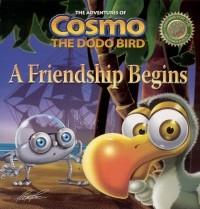
The Adventures of Cosmo the Dodo Bird
(Picture books)
Patrice Racine
Tundra Books
$9.99
Paper
40pp
The main character, Cosmo, is a dodo bird whose species was eradicated hundreds of years ago. A twist of fate and a wrong turn find Cosmo teamed up with 3R-V, an invention from the future whose mission it is to go back in time and transport into the future families of animals who are destined to become extinct. 3R-V and Cosmo set off on a quest to find another living dodo bird somewhere in the galaxy. Of course, they never actually find another dodo, but the ongoing search is the premise for the continuing series of stories.
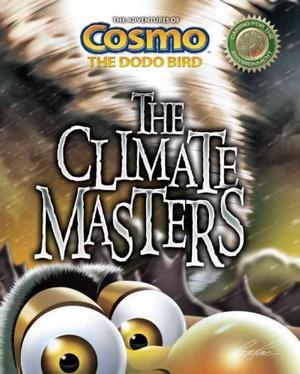
The Adventures of Cosmo the Dodo Bird
(Short-chapter books)
Patrice Racine
Tundra Books
$12.99
Paper
104pp
Racine’s motive for writing these books is entirely honourable. He obviously cares deeply for the planet and is committed to using his experience in brand imaging and visual communications to bring a message of sustainability and environmentalism to children. But ultimately his experience in the world of graphic design works against him in these books. The images of Cosmo and friends are likely the latest in digital imagery but they are often stiff and don’t invite the eye to linger on the illustrations. One has the impression that the stories are written versions of an animated cartoon or game rather than existing, as they do, first and foremost as books.
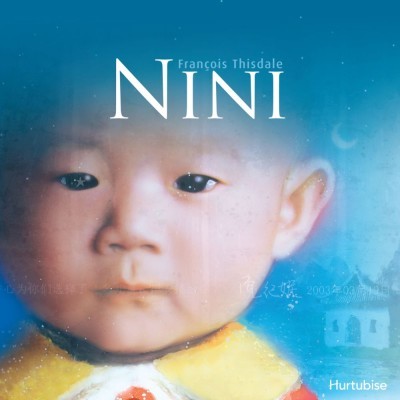
Nini
Francois Thisdale
Tundra Books
$17.99
Hardcover
40pp
978-1-77049-270-7
Thisdale’s illustrations are beautiful, a highly textured combination of painting, drawing, and digital imagery. The pictures draw us in, creating atmosphere and tone, and ultimately establishing an unexpected connection between the Chinese and Canadian landscapes. Unfortunately, while it is obvious that Thisdale cares deeply about the subject of the book, the text doesn’t work as well as the illustrations. Pictures as lush and evocative as these deserve words to match.
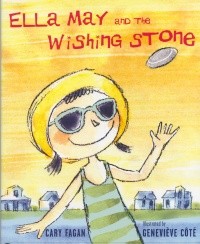
Ella May and the Wishing Stone
Carl Fagan
Illustrated by Geneviève Côté
Tundra Books
$9.99
Hardcover
32pp
978-1-77049-225-7
The charming drawings by Geneviève Côté depict a late summer’s day on the sidewalk. It’s easy to forgive Ella May when she finally comes to her senses and realizes that friends are much more important than possessions.
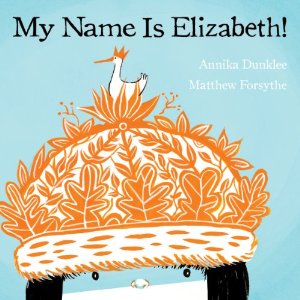
My Name is Elizabeth!
Annika Dunklee
Illustrated by Matthew Forsythe
Kids Can Press
$16.95
Paper
24pp
978-1-55453-560-6
Elizabeth is tired of being called anything but her proper name. Accompanied by her duck sidekick, she sets everybody right, and by the end of the story she shows us that even girls as determined as she is are capable of bending the rules when necessary. A good example of how a simple story and engaging illustrations can work together to create a wonderful book. mRb






0 Comments